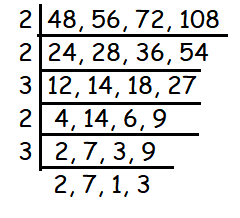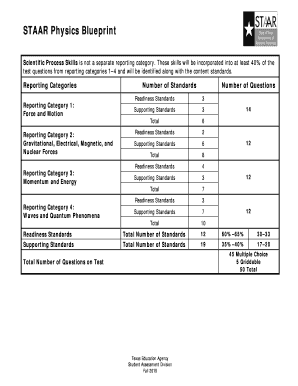
For example, the temperature in Fahrenheit scale. Scales of this type can have an arbitrarily assigned "zero", but it will not correspond to an absence of the measured variable. Interval data: This is when numbers have units that are of equal magnitude as well as rank order on a scale without an absolute zero. An uncountable finite data set has an end, while an uncountable infinite data set tends to infinity.Ĭontinuous data can be further divided into interval data and ratio data. Similar to discrete data, continuous data can also be either finite or infinite. Some examples of continuous data are student CGPA, height, etc. They are represented as a set of intervals on a real number line. Some general examples of discrete data are age, number of students in a class, number of candidates in an election, etc.Ī countably finite data can be counted from the beginning to the end, while a countably infinite data cannot be completely counted because it tends to infinity.įor example, the bags of rice in a store are countably finite while the grains of rice in a bag is countably infiniteĬontinuous is a numerical data type with uncountable elements. Discrete data can either be countably finite or countably infinite. I.e they have a one-to-one mapping with natural numbers. There are 2 types of numerical data, namely discrete data and continuous data.ĭiscrete data is a type of numerical data with countable elements. It can also be used to carry out arithmetic operations like addition, subtraction, multiplication, and division. Also known as quantitative data, this numerical data type can be used as a form of measurement, such as a person’s height, weight, IQ, etc. Similar to its name, numerical, it can only be collected in number form. Numerical data is a type of data that is expressed in terms of numbers rather than natural language descriptions. In this case, a rating of 5 indicates more enjoyment than a rating of 4, making such data ordinal.

One can count and order, nominal data, but it can not be measured.įor example, suppose a group of customers were asked to taste the varieties of a restaurant's new menu on a rating scale of 1 to 5 -with each level on the rating scale representing strongly dislike, dislike, neutral, like, strongly like. This type of categorical data includes elements that are ranked, ordered or have a rating scale attached. Name of a person, gender, school graduates from, etc. Sometimes called naming data, it has characteristics similar to that of a noun.Į. This is the data type of categorical data that names or labels. There are 2 main types of categorical data, namely nominal data and ordinal data.

For example, gender is a categorical data because it can be categorized into male and female according to some unique qualities possessed by each gender. This grouping is usually made according to the data characteristics and similarities of these characteristics through a method known as matching.Īlso known as qualitative data, each element of a categorical dataset can be placed in only one category according to its qualities, where each of the categories is mutually exclusive.

What is Categorical Data?Ĭategorical data is a type of data that can be stored into groups or categories with the aid of names or labels. Therefore, in this article, we will be studying at the two main types of data- including their similarities and differences.

The importance of understanding the different data types in statistics cannot be overemphasized. This will make it easy for you to correctly collect, use, and analyze them. Īs an individual who works with categorical data and numerical data, it is important to properly understand the difference and similarities between the two data types. There are 2 main types of data, namely categorical data and numerical data. Data types are an important aspect of statistical analysis, which needs to be understood to correctly apply statistical methods to your data.


 0 kommentar(er)
0 kommentar(er)
